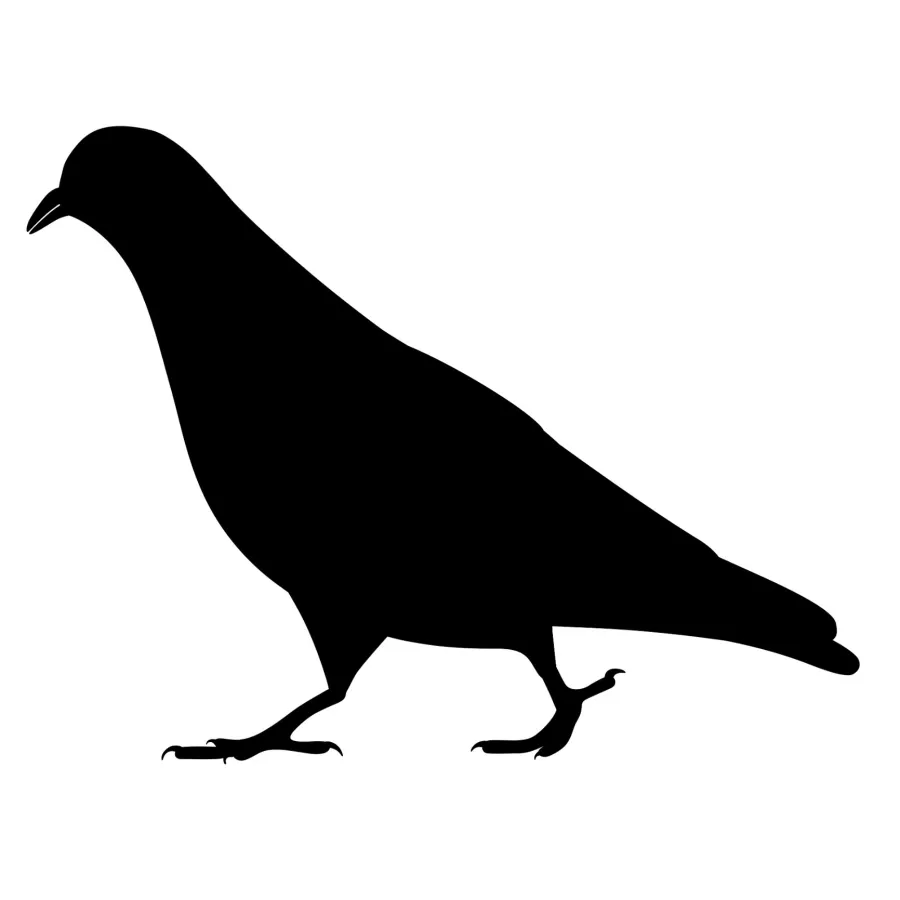
Birds
Birds
Many people enjoy bird watching and feeding birds around their property. Most birds are very beneficial to our environment. All species of birds you see in the wild in Georgia are protected by state and federal laws. However, there are 3 species of birds that are not native to Georgia and are considered to be a nuisance and can cause issues with humans. They are highly adaptable and very capable of finding shelter and nesting/roosting sites on and in homes and buildings. They will eat food from trash cans, bird feeders, outside storefronts, and in parks wherever they can get handouts from people. Their droppings on homes and buildings, bird mites and parasites, bird associated diseases, and birds gaining access to the interior of the structures are the most common problems around Atlanta.
The 3 primary non-native nuisance birds in Georgia are the European Starling, Pigeons or rock doves, and House Sparrows.
There are many different solutions to prevent these birds from entering, roosting or causing any other issues around our homes or buildings. Inspections are always needed to determine the best course of action.
There are 2 other birds that can be a nuisance, Woodpeckers and Nuthatches. There are 8 species of woodpeckers and 3 species of Nuthatches in Georgia. Woodpeckers and Nuthatches are cavity nesting birds that forage for food by pecking in and around the bark of trees. They can be a nuisance when their foraging behavior has them pecking on the wood around our homes and when their nesting habits have them taking up residence in our walls.

Woodpecker and Nuthatch Solutions
These birds are federally protected so we are limited in what we can do and how we can go about preventing them from damaging your home/structure. For years the only solutions to prevent woodpeckers from damaging a home/structure or nesting around a home/structure was to patch the nesting holes to prevent immediate entry and install visual deterrents to repel or deter the birds from returning. The visual deterrents are left in place for a minimum of 2-3 weeks or until the activity stops. The idea behind this method is the birds would move on, take up residence somewhere else so when you do return and remove the deterrents the birds will not come back. The problem with installing any visual deterrents is there are no guarantees that the birds won't return at any time, so it can be an ongoing problem. There are many better long term protection products now and Cingo uses these 3 products below to deter and prevent damage to your home/structure.
- UV paint - clear to us and ultra-violet to birds, repellent can be painted on any surface
- Bird Gel - used to fill holes or applied to ledges to repel/deter birds, sticky to the touch and produces and odor that blocks birds nesting scents and pheromones
- Opti-Gel - looks like a ½ dollar size petri dish, filed with a gel, looks like smoke and flame to birds, produces and odor that blocks birds nesting scents and pheromone
Cingo uses a combination of these 3 products to provide the best long-term protection of repelling birds from a structure and preventing damage to structure caused from birds foraging and nesting behaviors.
Solutions generally involve painting the UV paint around the affected areas, filling any holes with the Bird Gel, and installing the Opti-Gel dishes on ledges or tops of chimneys for added protection.
Aesthetics are always a concern and play an important role on where and how we use these products. Bird service prices vary greatly and dependent on coverage area to be protected. Requires inspection to determine price.
